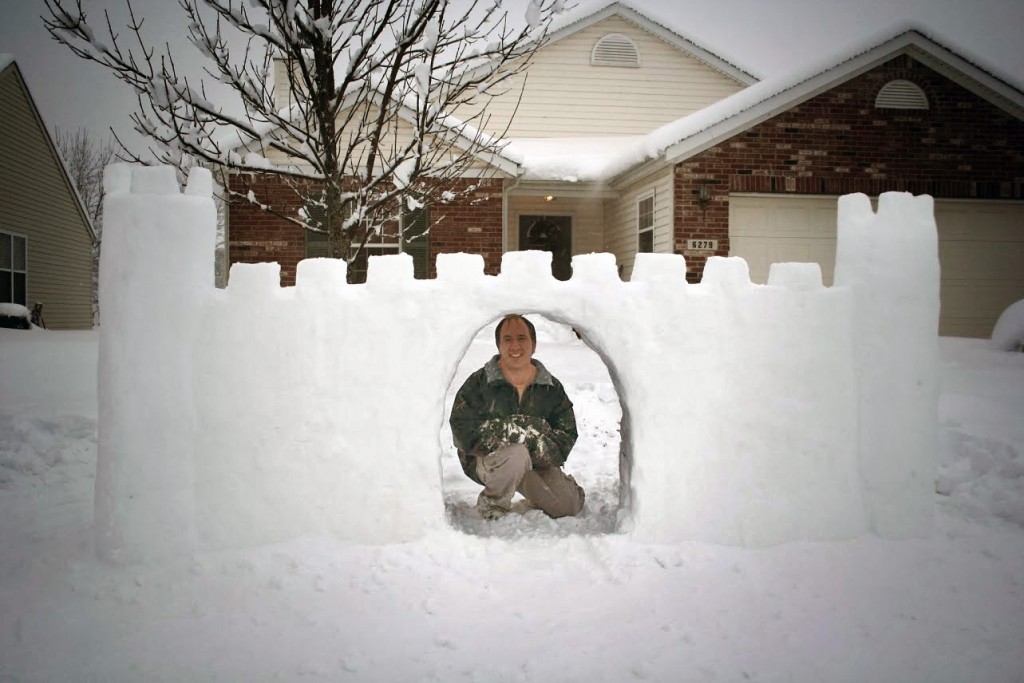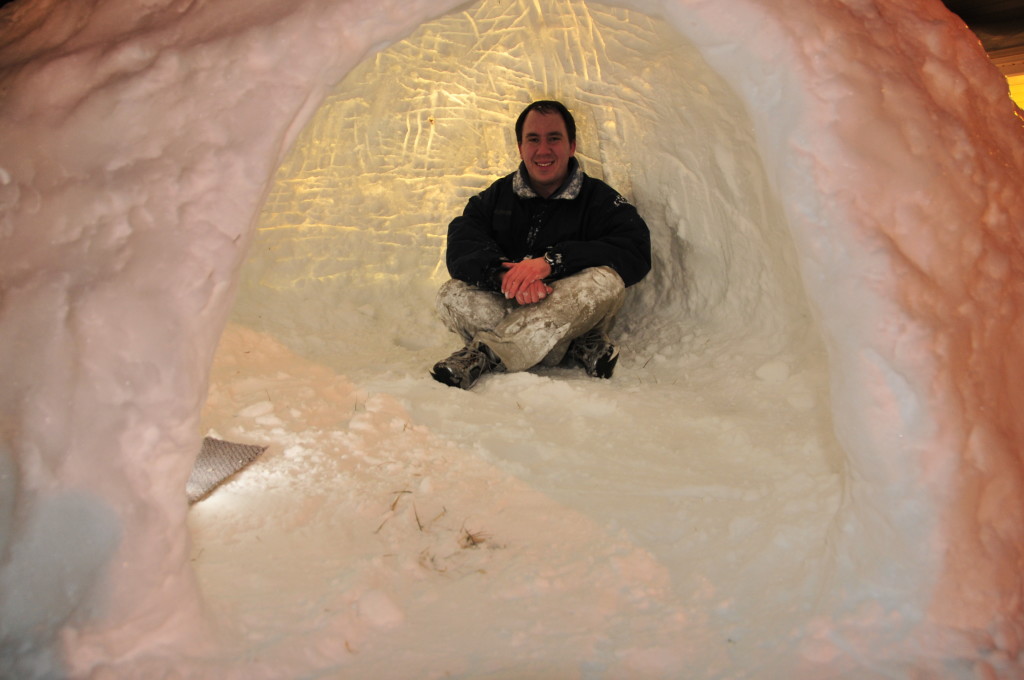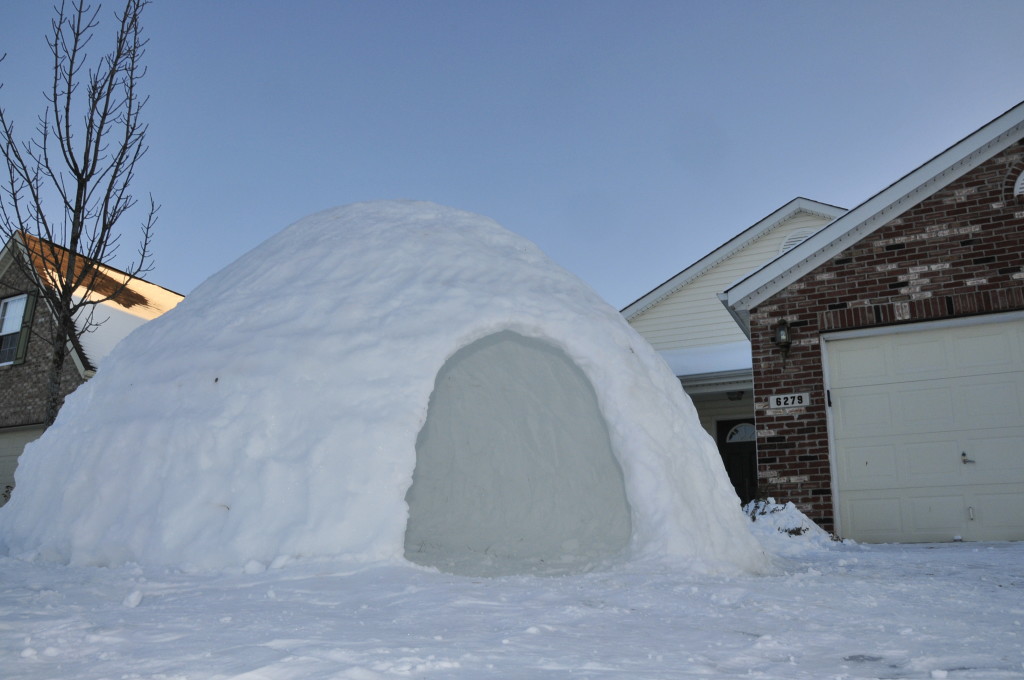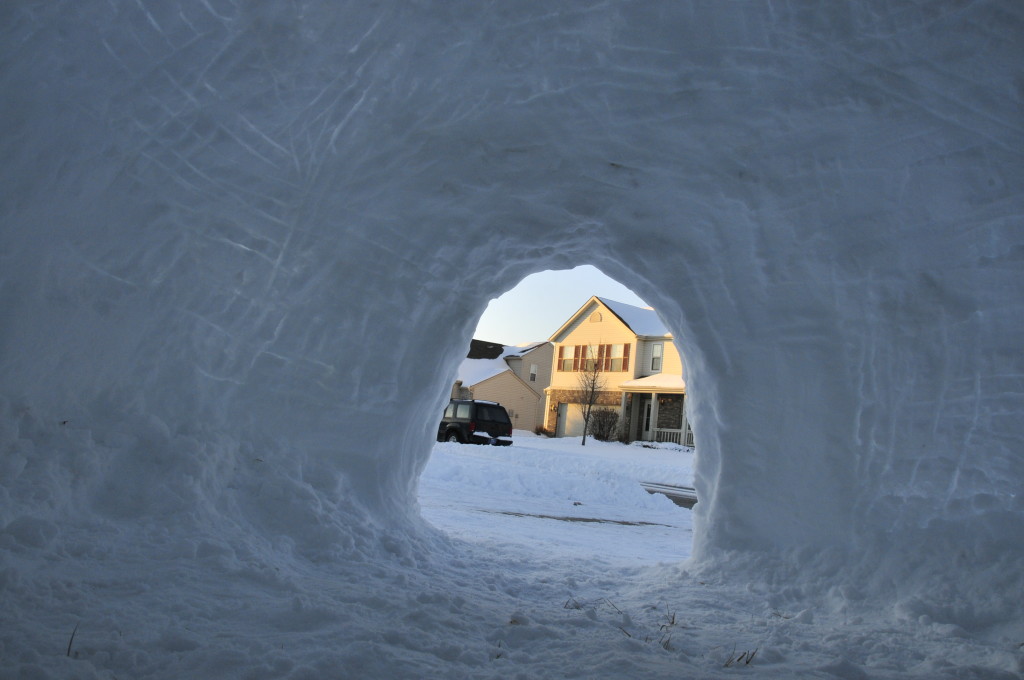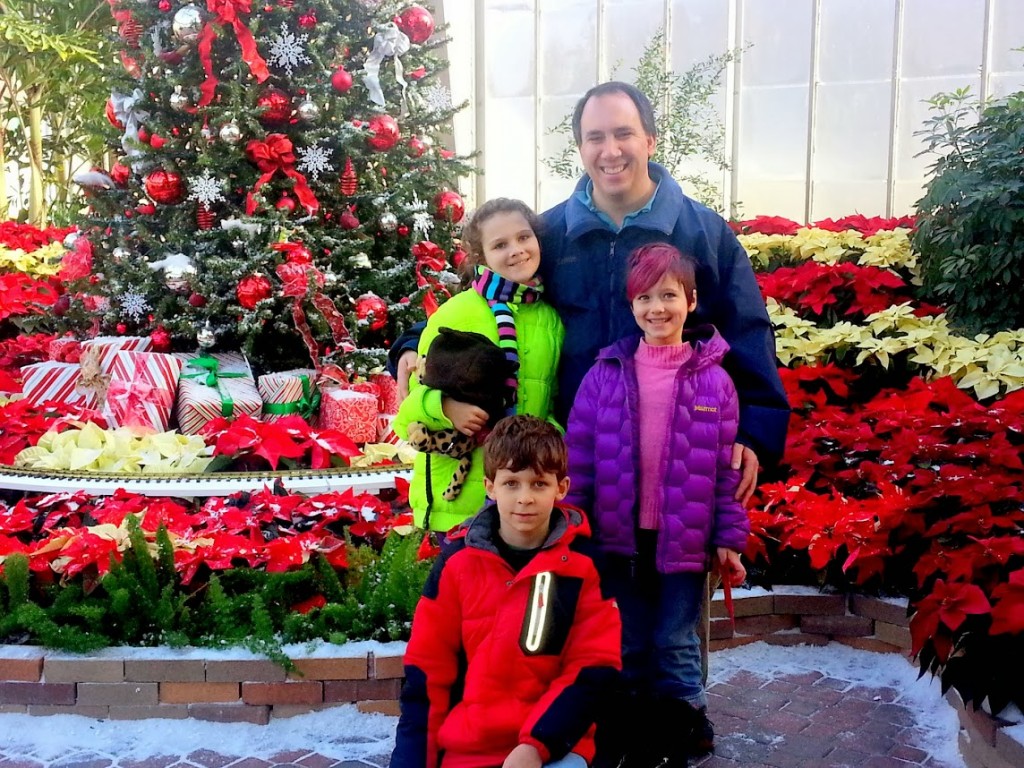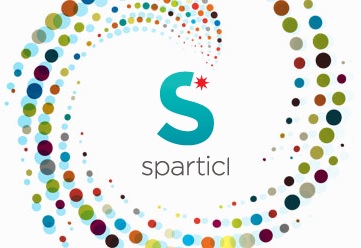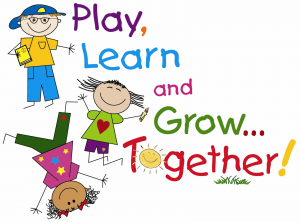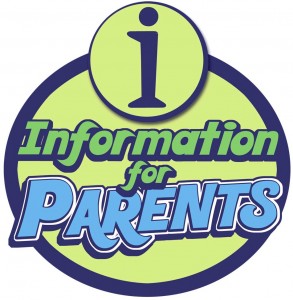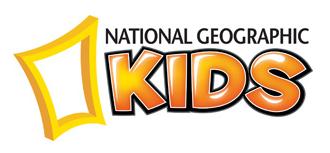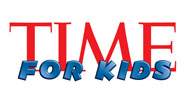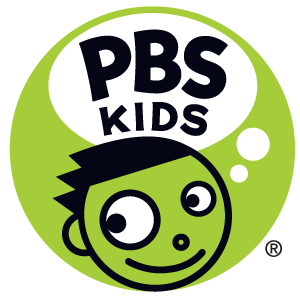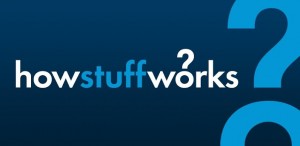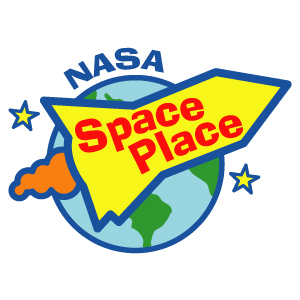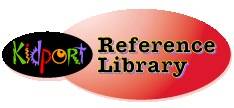Feb 5 2014
Adopt a Planet Project

Study resources can be found at the bottom of this post.
We are studying space this semester in science. The current project is to “Adopt a Planet”. Students were given an opportunity to select a planet of their choice (other than Earth). Each student was able to get their first or second choice.
At the end of this project, your student should be able to:
- Name each of the planets in order from the Sun starting with Mercury.
- Explain why Pluto is no longer a planet.
- Explain how an orbit works (or why the Suns gravity doesn’t suck planets in vs why the planets don’t hurl off into space).
- Be able to recall two or three facts about each planet. (i.e. it has rings, moons, size, composition, etc.)
- For their adopted planet, they should be able to answer as many of these questions as possible:

- Name and correct spelling of the planet.
- Distance from the sun (either in Miles, Km, or AU)
- Time for one complete revolution (How long is a year on that planet?)
- Time for one complete rotation (How long is a day on that planet?)
- Know the difference between a revolution and rotation
- Size of planet (either in Miles, Km, or relative to Earth)
- What is the mass of the planet (or how much would it weigh on Earth?)
- Bonus: What is the density of the planet?
- What is the surface of the planet like?
- Does it have an atmosphere? If so, what is it made of?
- Is it possible to land a space ship on the planet surface? (or is it a gas giant with nowhere to land?)
- What are some of the surface features of the planet? Is it rocky, stormy, etc?
- Is it hot, cold, or both?
- How much would you weigh on the planet?
- Does the planet have any external features such as moons or rings?
- When was the planet first observed, and by whom?
- Name some fun facts about the planet.
- Have humans ever sent a probe or lander to the planet? What about current or future missions?
- For bonus points, be able to name the missions, the purpose of the mission, and find photos from the missions.
- How was the planet named?
- Know the Roman God/Goddess mythology of the planet (and the Greek counterpart if any)
After we learn about our planets, students will be asked to plan a scientific mission to the planet (or moon of the planet). The mission must be based on known facts about the planet and be 100% based on reality. Creativity can be expressed in how the mission is planned. You will need to come up with a question to ask. For example, “Is there life on Neptune?” Are you going to send an unmanned probe or a team of human scientists? What tools, equipment, and resources will you need? How will you overcome obstacles (like great distance to the planet, severe temperatures, lack of a surface to land on, high winds, and poisonous atmosphere)?
Ok, so I won’t let you make up stuff for your scientific mission, but you get to here. Imagine that there might be alien life on your planet. Using what you know about the planet, describe in words and draw what it might look like. How does it get energy? (Eating/drinking, solar power, wind power, or some other source?) Where does it live? (on the surface, under the surface, in the air?) How does it communicate? Is it intelligent? What cool things can it do? How does it move around? Is it possible to communicate with it?
![]()
![]()

![]()
Note: There is a LOT of material to cover here. I don’t expect each student to be able to answer every question. I’m looking for each student to do their personal best on this project. As we go along, I will give each student an opportunity to tell me how they would like to be assessed. It must be realistic. Here are some options:
- Write a paper with all of the facts (at least 1 page).
- Orally answer questions as I ask them.
- Make a crossword puzzle with facts about the planet (minimum of 10 facts)
- Make a Powerpoint presentation (minimum 10 slides plus title)
- Draw a picture or make a model of the surface or some other feature of the planet based on fact
- Make a video of a weather report on the planet. I can help set up the cameras and edit, but students need to come up with their own props, facts, and visuals.
- I’m open to creative suggestions.
PLANET RESOURCES
http://kids.nineplanets.org/intro.htm
http://nineplanets.org/ (more advanced than the link above)
http://solarsystem.nasa.gov/planets/
http://www.enchantedlearning.com/subjects/astronomy/planets/
http://science.nationalgeographic.com/science/space/planets/
http://www.planetsforkids.org/
http://www.space.com/56-our-solar-system-facts-formation-and-discovery.html
Here are some songs to help you learn the names and features of the planets:
Here is a playlist of videos about our solar system:

